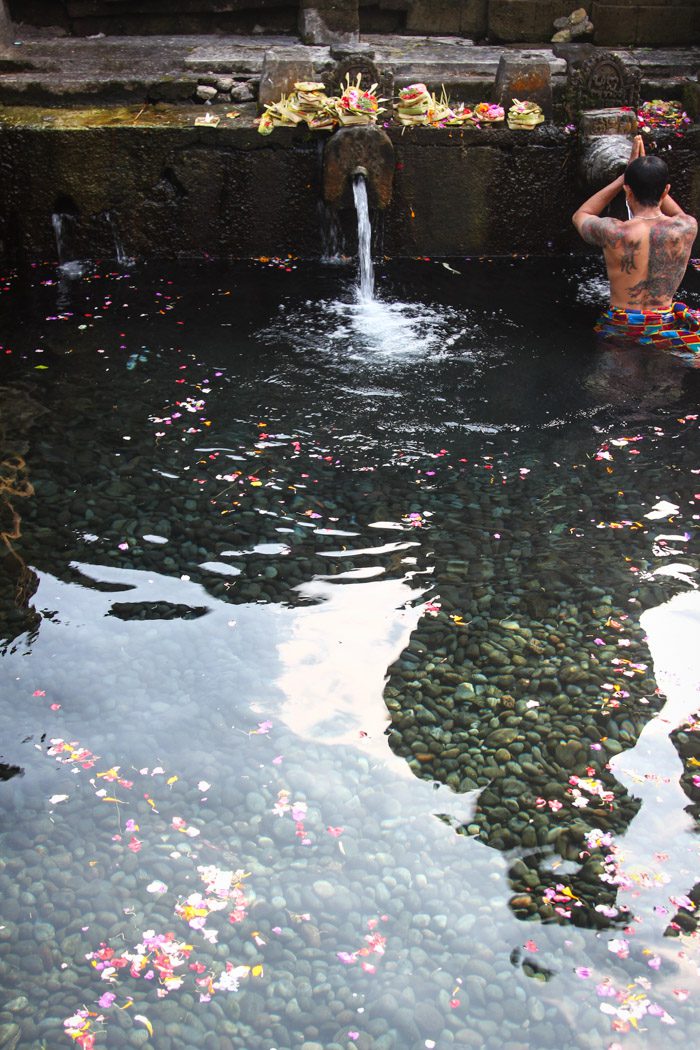
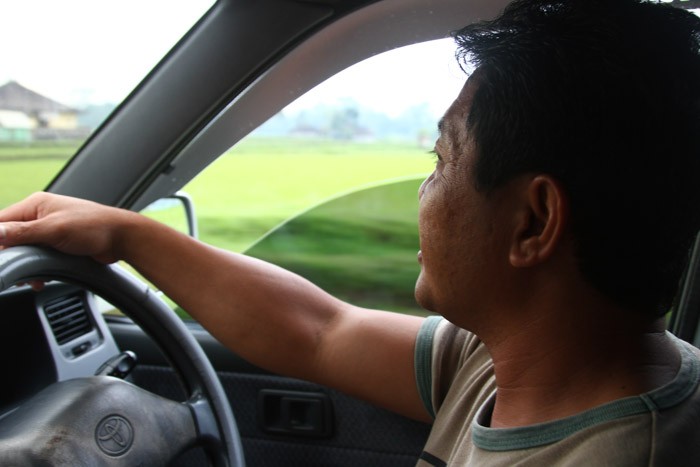
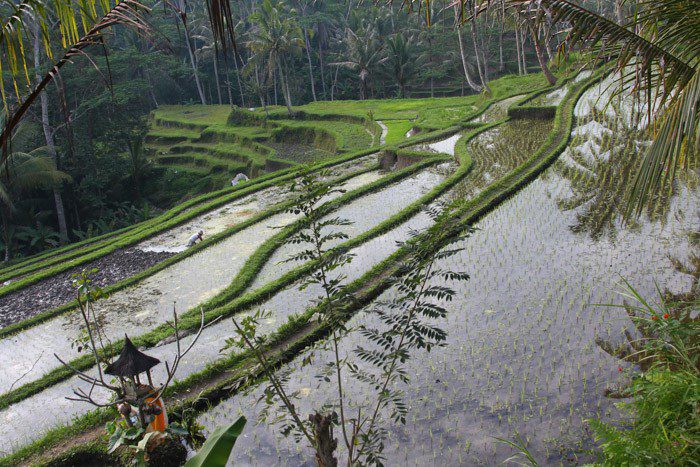
One morning, we started out early to see the eleventh-century carved site of Gunung Kawi in Tampaksiring. Though it is just 11km outside of Ubud, we were happy to find that we arrived first that day, as I hear it can get crowded as time passes.
The village of Tampaksiring was virtually silent as we entered—roosters’ crows were of course a constant soundtrack as they are throughout the island. A few men were gathered, working to make coconut shavings, and the street was shrouded in a light fog.
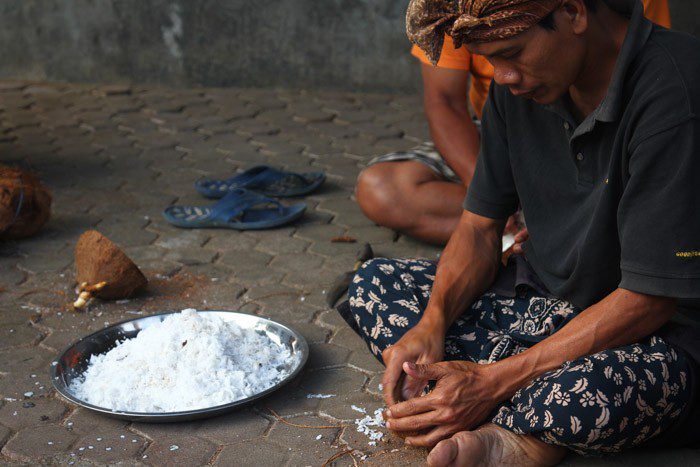
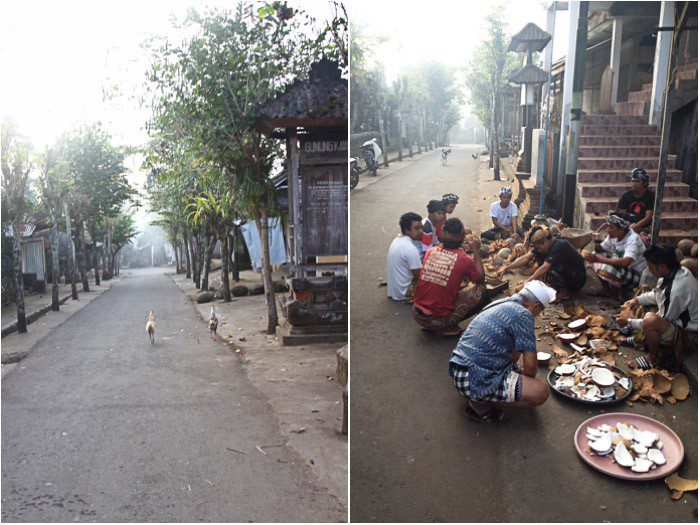


You descend over 300 steps, with terraced rice fields to either side of you, to reach the valley where the giant reliefs are set into a ridge; they resemble temple facades though it’s believed they were created to be memorials to an 11th-century king and his queens.
They have an impressive scale for sure, but my favorite part of the visit was being alone in this vast ridge valley and peering through dense foliage, over a river, to take in an impressive view. I think Hudson would say (if he could) that it was a toddler’s dream to go down, and then up, 300 steps!


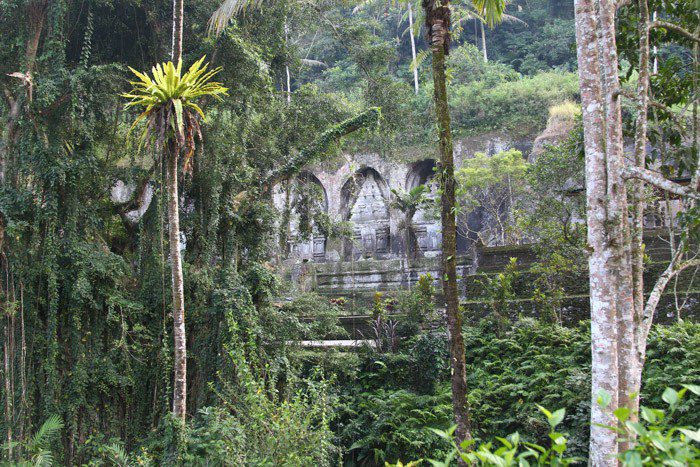
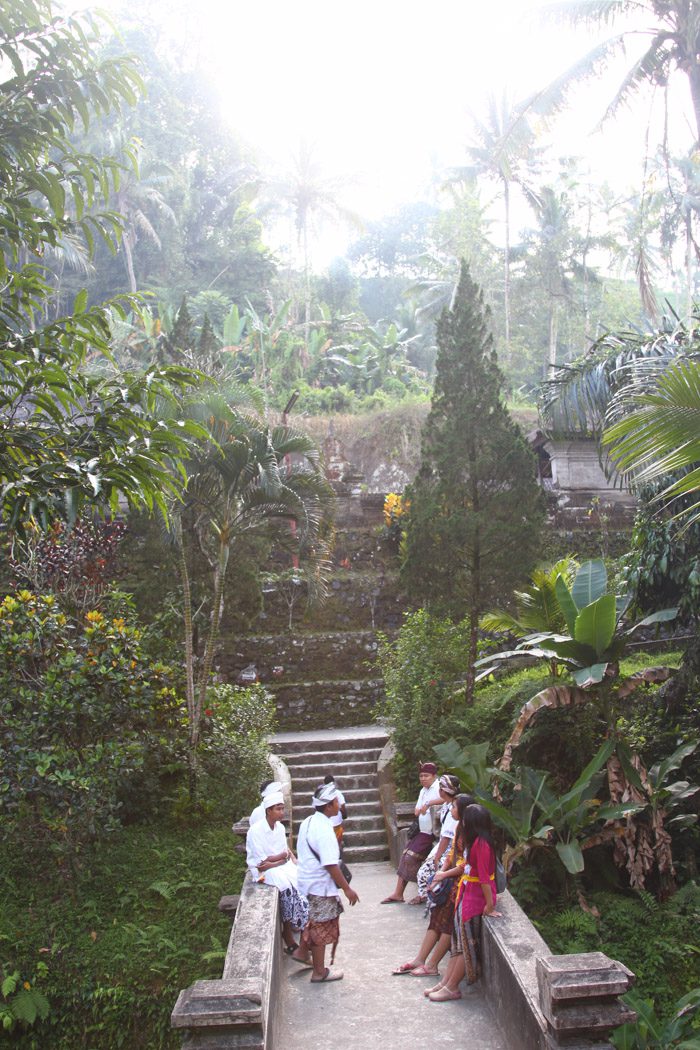

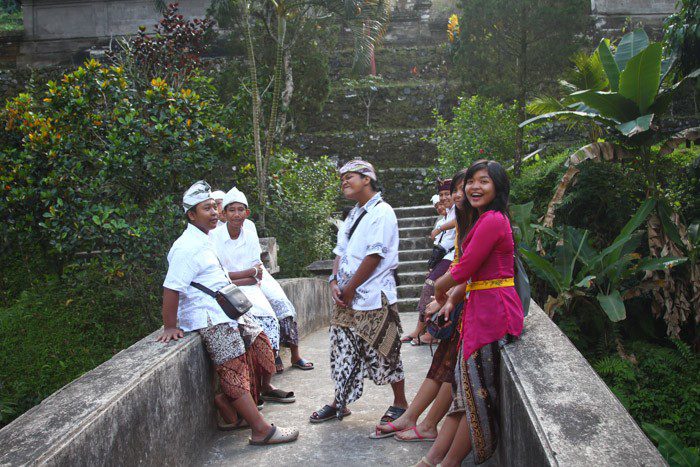
Eventually we were joined by other visitors: a wonderfully colorful group of local students.

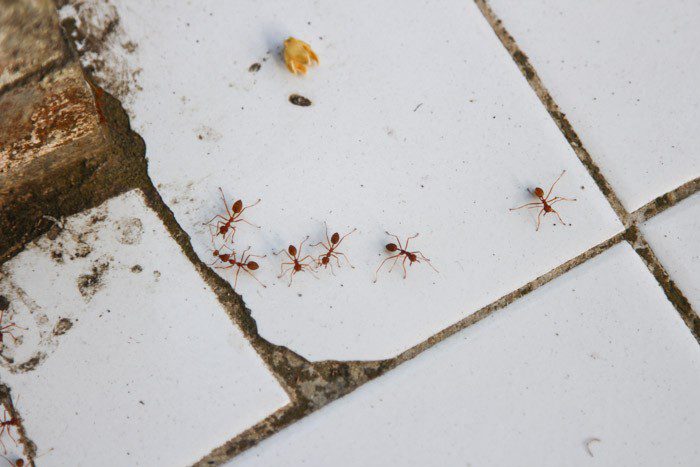
Also in Tampaksiring is the pilgrimage site of Tirta Empul, where one can bathe in holy springs (one of Bali’s three holiest).


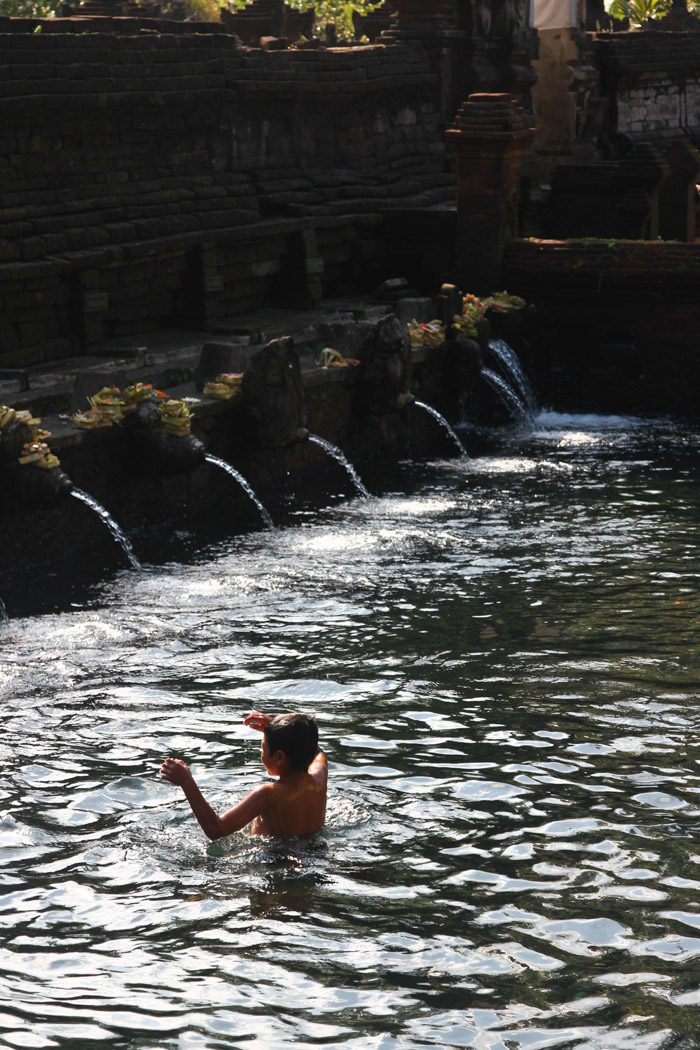

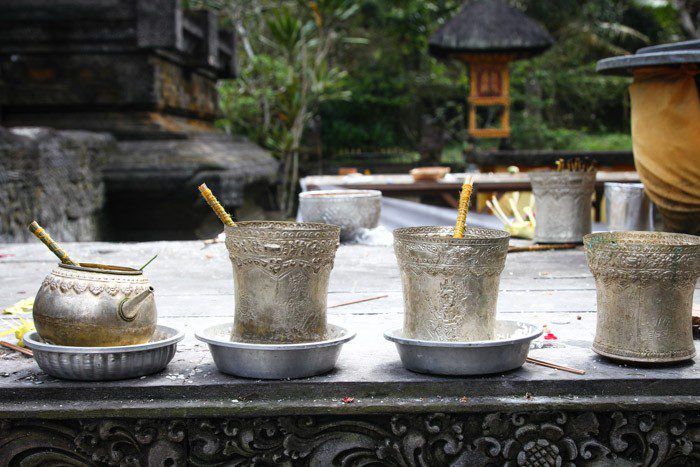

The original spring source is surrounded by a temple, but bathing pools have been created in an outer courtyard that are fed by the water from the spring source.

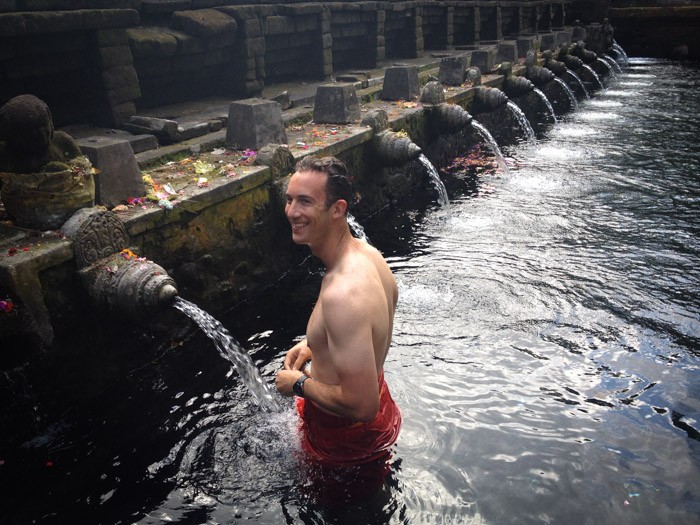
We had no initial intention of going in ourselves, but soon realized that we would regret it if we missed the opportunity. There are lockers for use and a sarong rental, so we set our things aside and took turns holding Hudson. It was cool and refreshing and I’m so glad that we took part. I could tell that Nyoman was very happy we did as well—which made me feel even better.
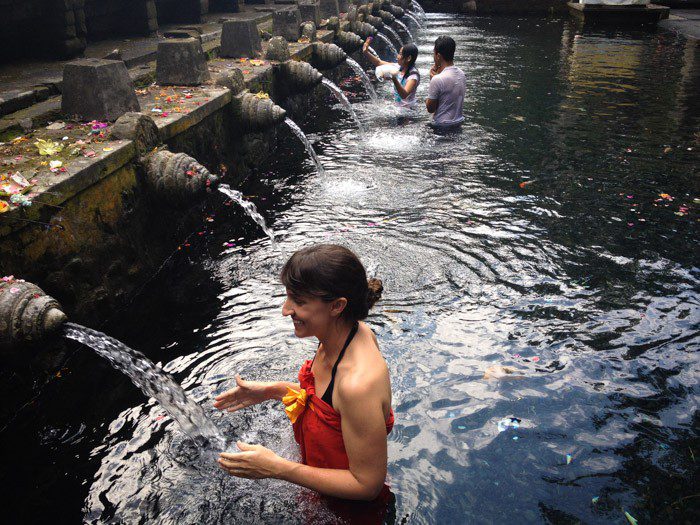
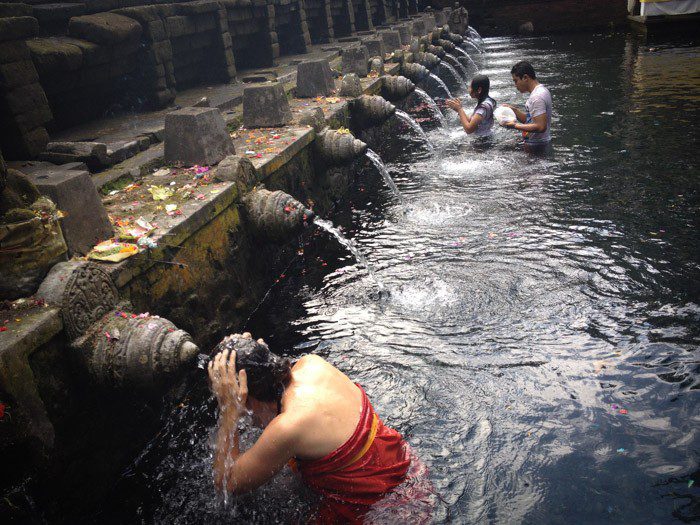
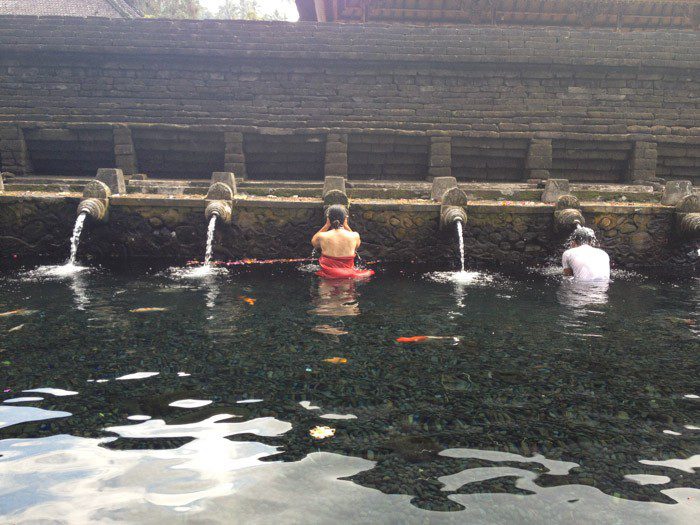
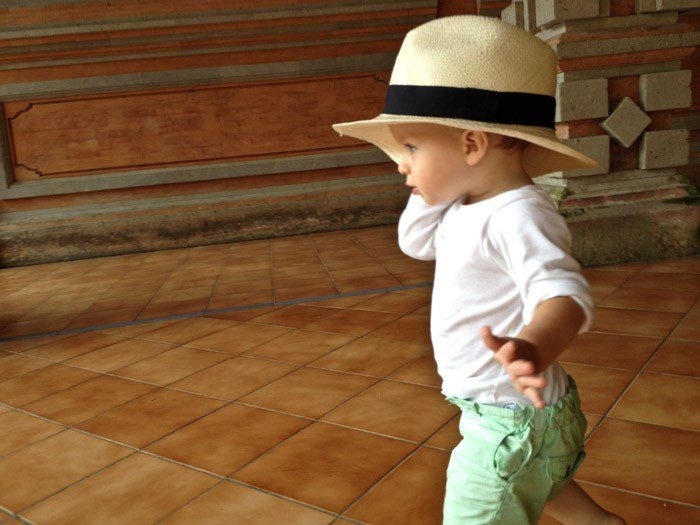
Heading back to Ubud, Nyoman suggested we pause to sample coffees at one of the many growers along the route. (He admitted that he liked getting the free cup set aside for drivers who bring guests.)
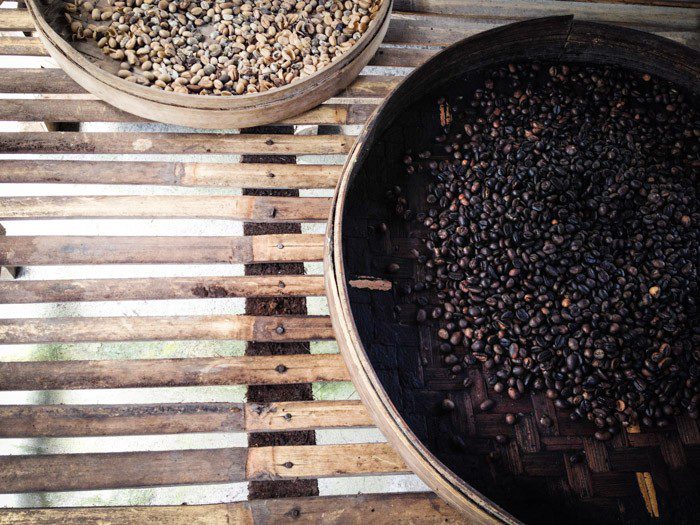
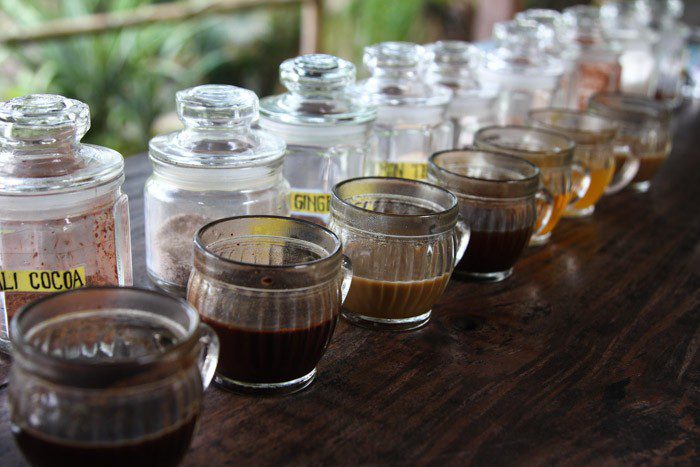
If we had had any doubt about the Balinese having a sweet tooth, this would have laid it to rest. Most of the coffee—brewed as a Turkish cup would be, without a filter—had sugar added as the default. Most had some sort of flavor (like Ginseng or lemon, for example).
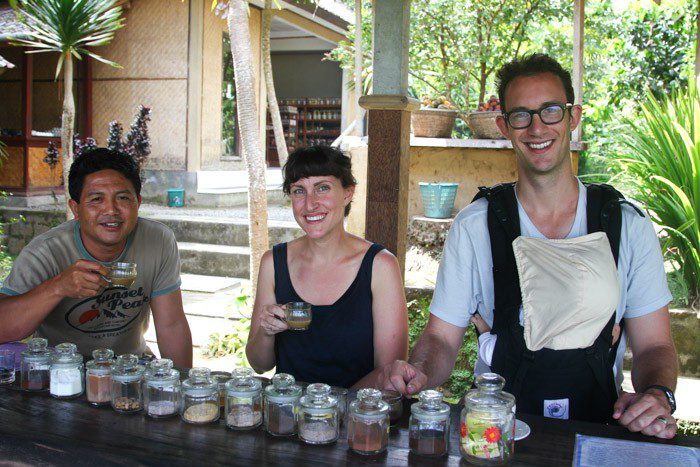

Aron tried the “for men only” virility coffee, Kopi Luwak, made from specially “processed” beans (beans of coffee berries that have been eaten and excreted by an animal called a civet. Sort of disgusting, really (though he said there was little flavor variation). I didn’t mind trading on my gender and passing.
The coffee tasting stands are clearly set up for tourists (and tourist buses), but it was a pretty spot to sit and sip.
Previously: Where we stayed; visiting Central Ubud; markets; and ceremonies.
Next up: More excursions from Ubud.



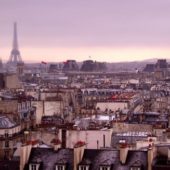
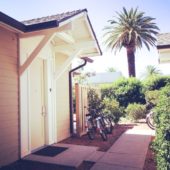
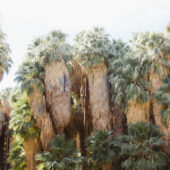
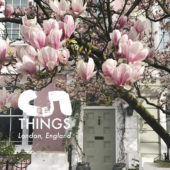









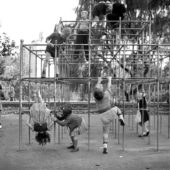


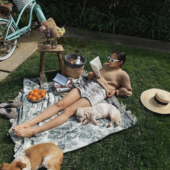


















8 Comments